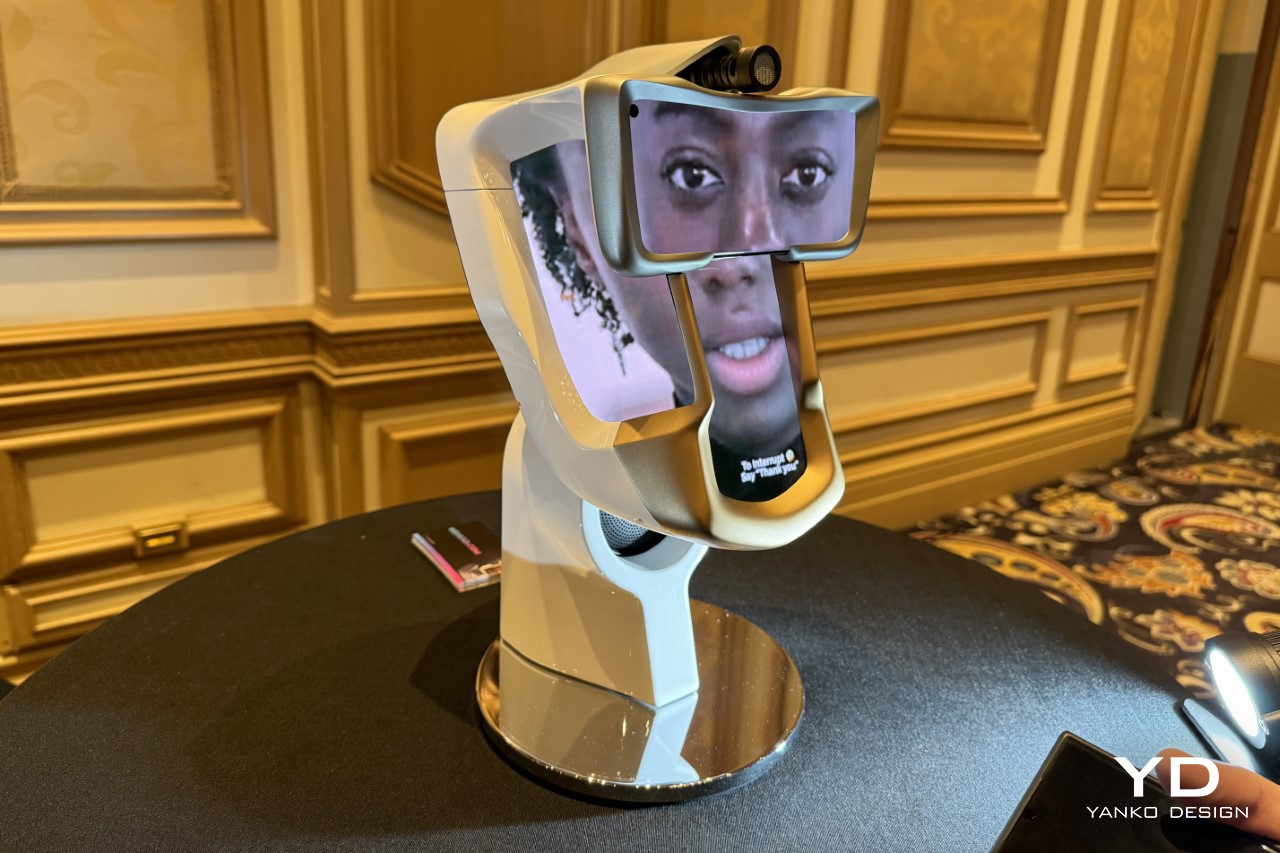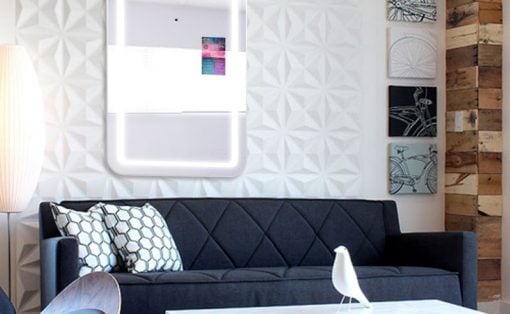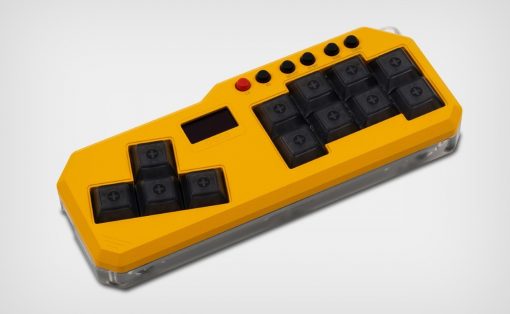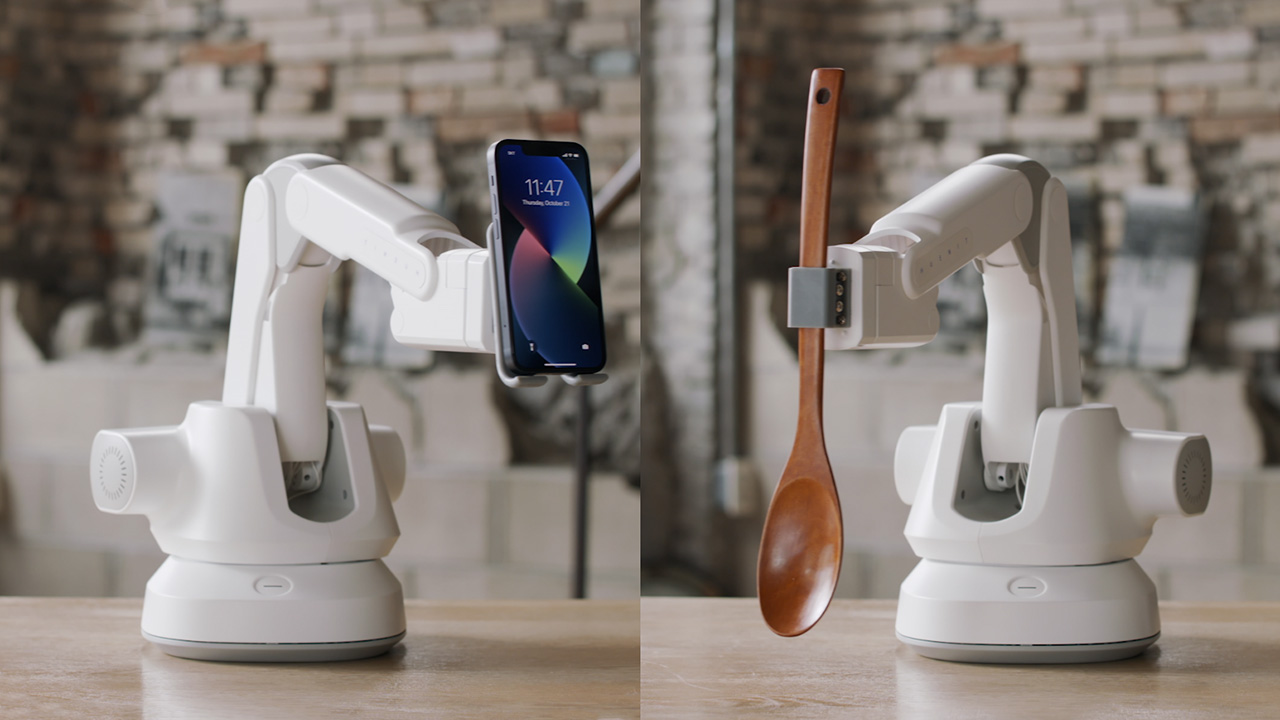
Apple appears to be making significant progress in its development of home robotics, according to a report from *Bloomberg’s* Mark Gurman. New details suggest that Apple is working on a tabletop device that sounds like it could change how we manage our homes. This upcoming product, reportedly featuring an iPad-like screen on a robotic arm, seems designed to serve multiple functions—a hub for smart home controls, a video call tool, and a home security monitor. What makes it particularly intriguing is how it seems to balance practical use with thoughtful design, potentially positioning it as a standout in Apple’s lineup.
Designer: Apple
The centerpiece of this new product is its screen, which can tilt and rotate 360 degrees on a slim, robotic arm. This design enhances user interaction significantly. Imagine a FaceTime call where the screen automatically pivots to face you or adjust the screen angle during a meeting with a simple voice command. Such flexibility transforms this device from mere technology into an adaptive companion for your daily life.
Apple appears to focus on creating a home assistant that fits naturally into the living space, both in appearance and function. Running a modified version of iPadOS, this device will be familiar to iPad users but with added features tailored for home use. Voice commands, like “look at me,” could make Siri even more useful, allowing for hands-free control over smart home devices, video calls, and security monitoring with ease.
Design-wise, this home assistant aligns with Apple’s approach of combining simplicity with functionality. The robotic arm, while a key feature, is expected to be sleek and discreet, ensuring it fits seamlessly into any room. It’s easy to imagine this product becoming as central to the home as other Apple products like the HomePod but with a broader range of uses.
In terms of functionality, the device is remarkably versatile. It could be the main control center for smart home devices like lights and thermostats, providing an easy-to-use visual interface. Its ability to rotate and adjust makes it just as valuable in the kitchen for recipes as it would be in the living room for managing your entertainment system. The added security features, such as remote monitoring through the camera, add further practical value, making it a versatile tool for everyday living.
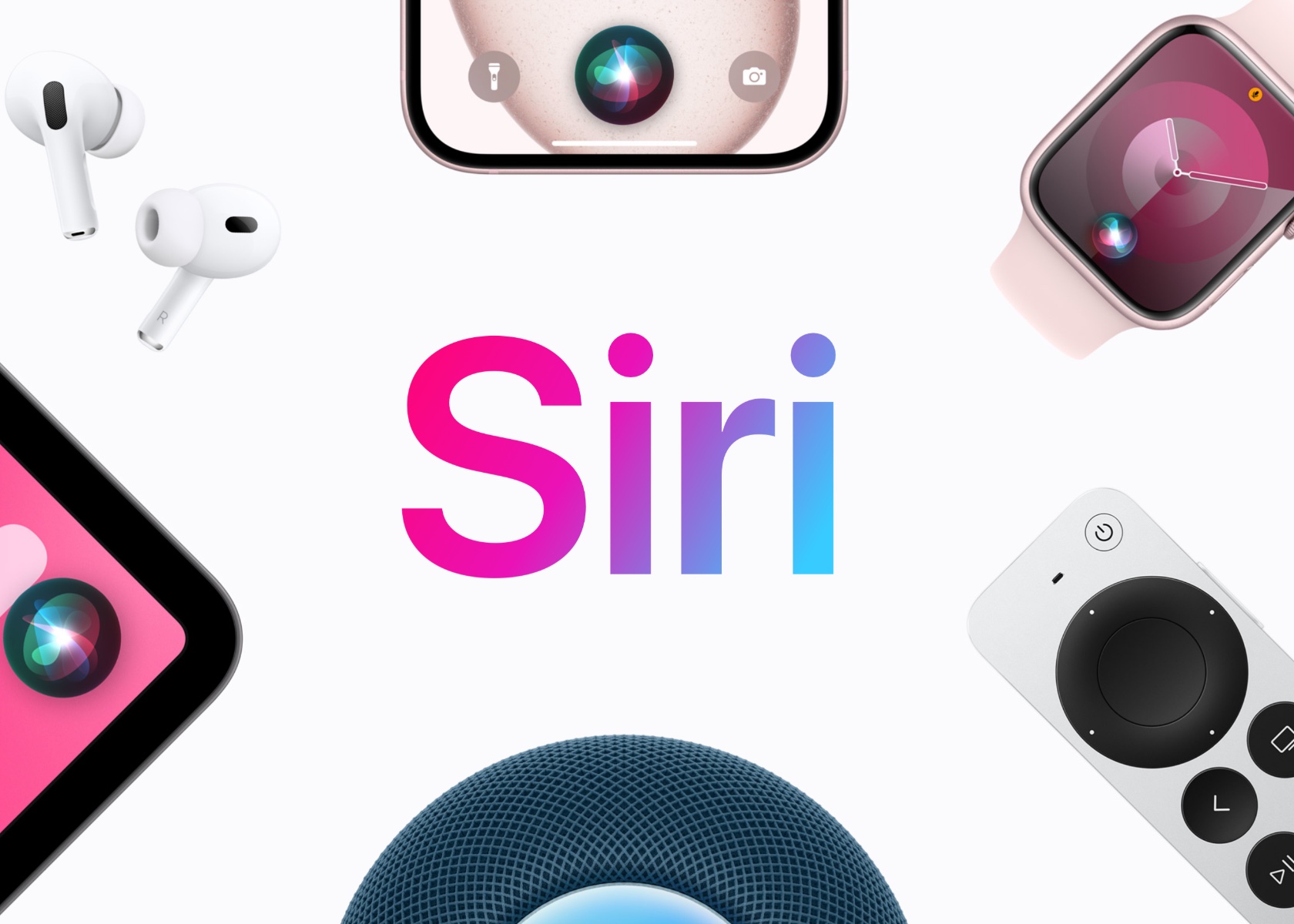
Siri
Apple plans to release this home assistant between 2026 and 2027, with a price tag of about $1,000. This pricing strategy suggests Apple is targeting a premium yet broadly accessible market. By blending familiar technology with new, practical features, Apple appears to be crafting a device that enhances daily living and sets a new standard for home robotics.
This new addition raises an interesting question: is Apple creating a must-have device for our homes, or is it simply a product searching for a place on our countertops? While it’s designed to blend into daily life and make our spaces more connected, one has to wonder if this is the kind of innovation we truly need—or if it’s just another gadget vying for a spot in an already crowded smart home landscape. For Apple, it might be the next step in its push into home robotics, but only time will tell if consumers feel the same way.

